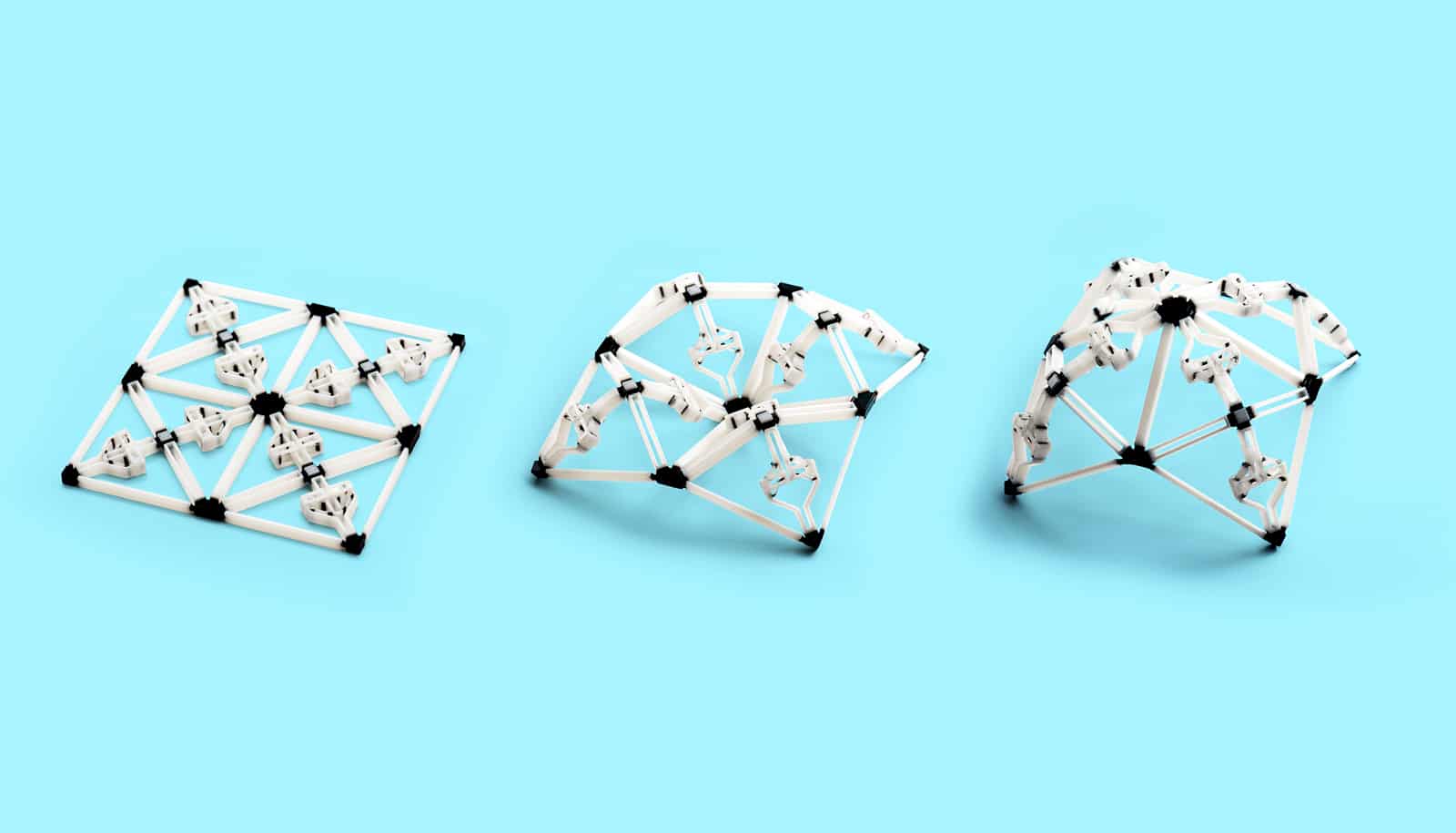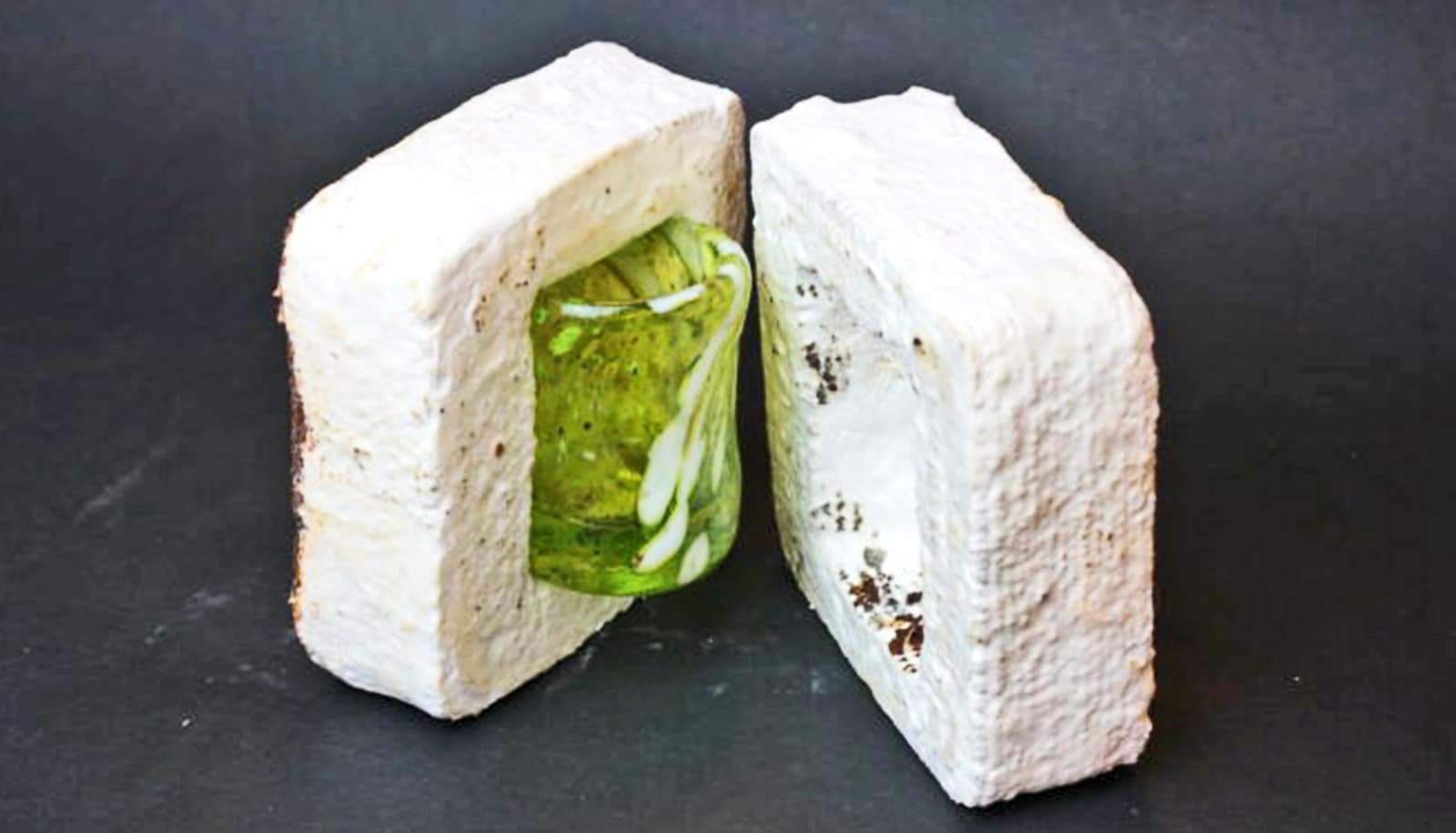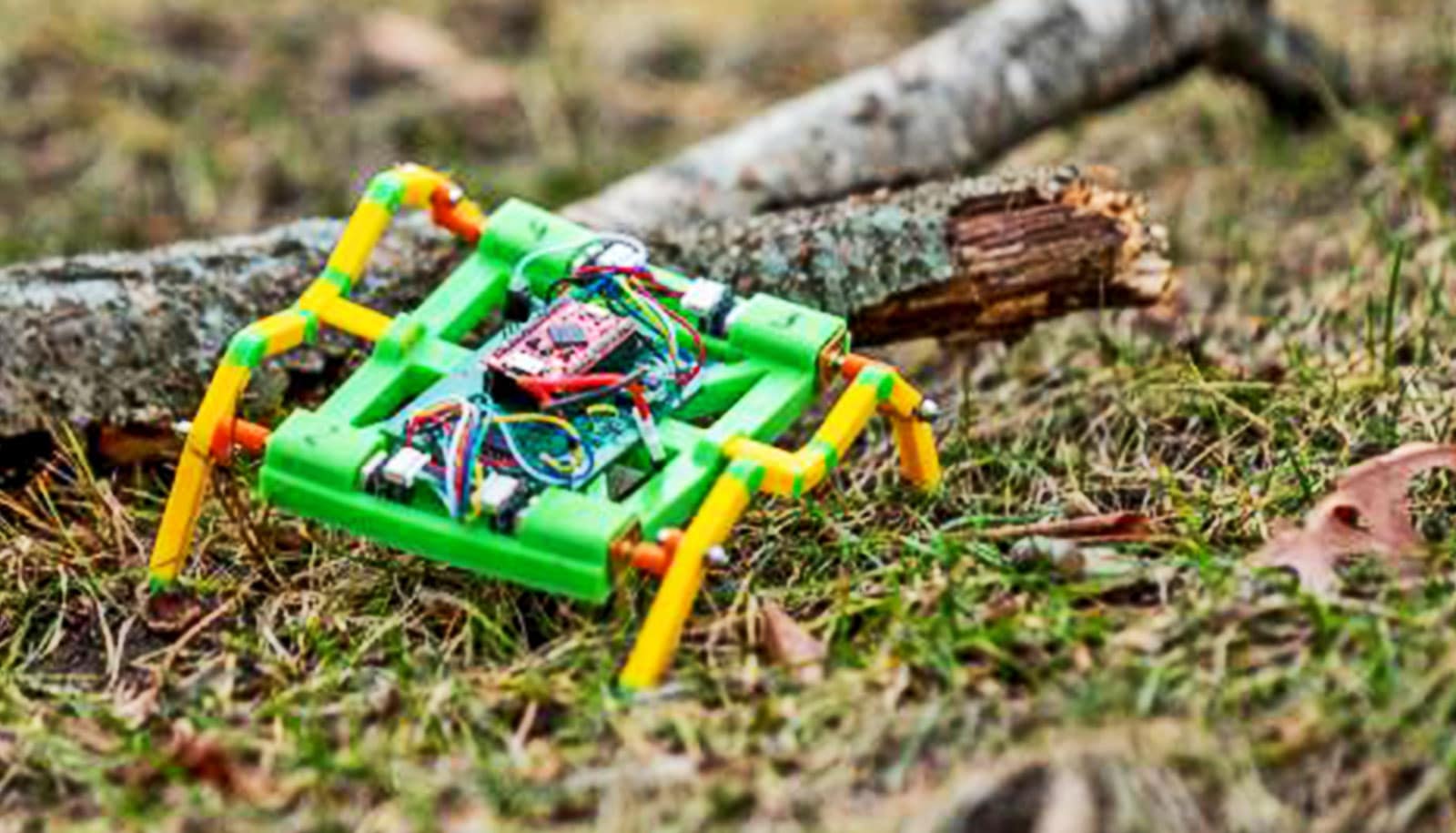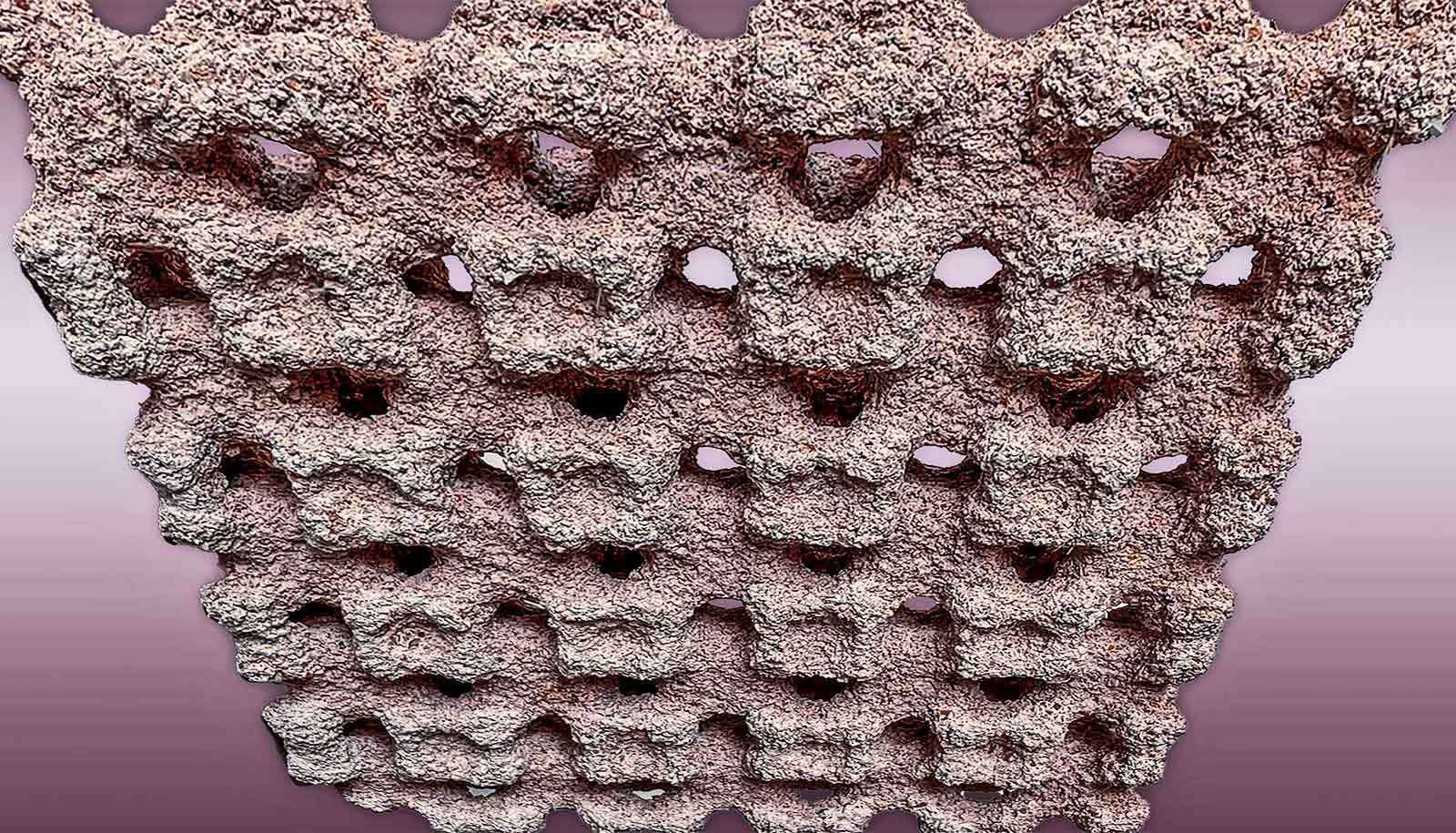A new construction principle makes it possible to print flat objects and to unfold them three-dimensionally later.
4D printing creates moveable and shape variable objects such as flat components that can be folded into three-dimensional objects at a later point, or even objects that can change their shape as a function of external influences.
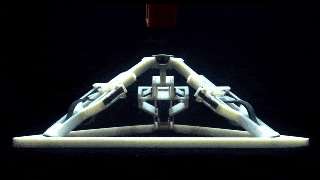
Kristina Shea, head of the Engineering Design and Computing Lab at ETH Zurich, and her group have now taken this approach one step further by developing a construction principle that allows them to control the deformation.
“The flat structures we produce do not change their configuration randomly, but rather exactly in the way we design them,” says Tian Chen, a doctoral student in Shea’s group. The structures can also support weight.
The team is the first to create these kinds of load-bearing 4D printed objects.
The structural principle depends on an actuating element developed by the scientists to take on two possible states: retracted or extended. The researchers combined these elements to create more complex structures. Because the individual elements can assume only one of the two specific states, the researchers can predict the stable three-dimensional form of the overall structure. This also allows structures that can take on several stable forms.
And as the researchers have also developed simulation software, they can predict accurately the shapes and the force that must be applied to produce the deformation. This helps them in the design of objects.
Heat makes 3D-printed box fold itself up
The scientists printed their structures with a professional multi-material 3D printer, which can print objects from up to 40 different materials. The objects that the team created comprise two of them: a rigid polymer that makes up most of the structure and an elastic polymer for the moving parts. The researchers print all parts in a single step.
“4D printing has several advantages,” says Shea. “Printing a flat initial form with rigid and elastic sections in a single step is highly efficient. It would be much more complex and time-consuming to produce the three-dimensional object or assemble it from separate components.”
Plus, the flat structure saves space in transport and can then be deployed at the final destination. Similar approaches have been used in aerospace for quite some time, such as to transport structures into space in a compressed space-saving state.
Aerospace is thus one possible application for 4D printing. But the scientists are also considering the simple construction of ventilation systems, systems for opening and closing valves, or medical applications, such as stents.
Currently, the scientists are reconfiguring these structures by hand, but they are working on a drive for their elements that will extend the structures in reaction to temperature. They also say it might be possible to control the structures using pneumatic tubing (compressed air) or swelling materials that change shape depending on humidity.
The findings appear in Scientific Reports.
Source: ETH Zurich
